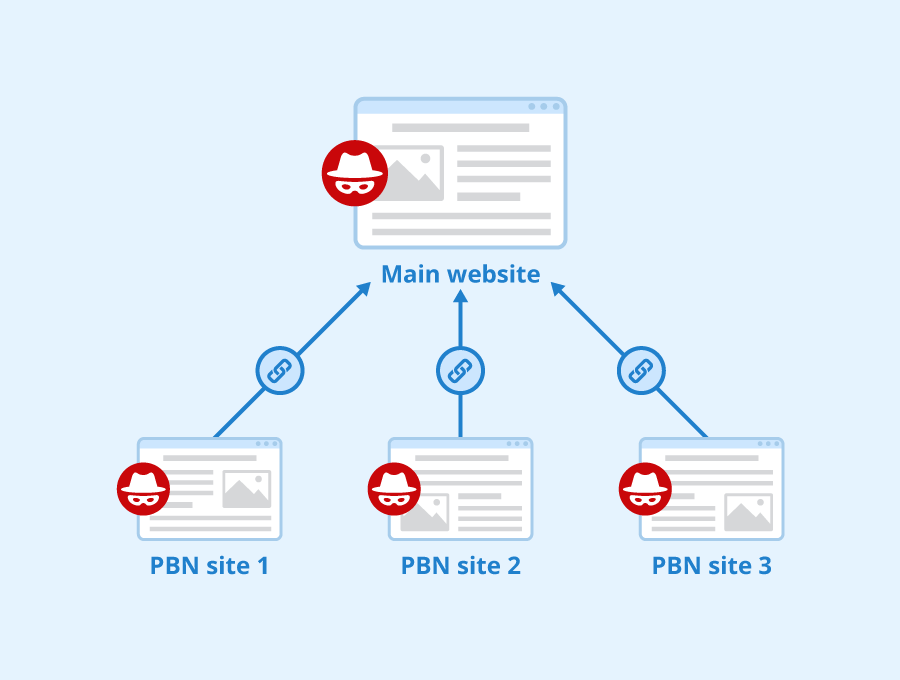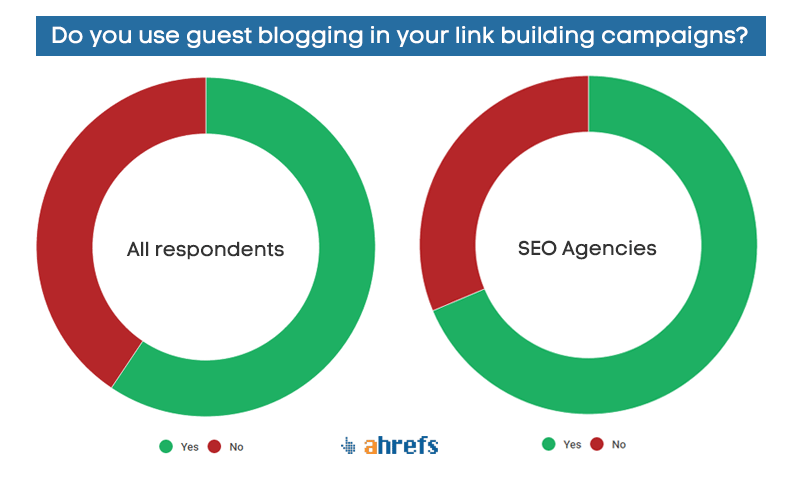All Categories
Featured
Table of Contents
- – Top Semantic Seo Checklist Shop Near Me
- – What Is The Most Reliable Semantic Seo Best Pr...
- – What Is The Most Reliable Semantic Seo Conten...
- – Which Is The Leading Tools For Semantic Seo C...
- – Top-Rated Semantic Seo Techniques
- – What Is The Premier Semantic Seo Techniques ...
- – Top Semantic Seo Dealer Near Me
The web is altering, becoming increasingly more semantic. Search engine optimization is also changing and ending up being extra semantic. This is since online search engine have actually advanced and are moving an increasing number of in the direction of checking out web content online. Of course, that has actually also transformed the way we produce web content, specifically if we wish to rank much better in the online search engine.
, the leader of the Internet, spoke of to represent the concept that all things in deep space are deeply interconnected. Intertwingularity is not normally recognized, people keep acting they can make things deeply hierarchical, categorizable and sequential when they can't. Everything is deeply intertwingled. Based upon the partnerships between search intents, the internet search engine likes a material ready by computing the distance between the vectors of significance.
It enables you to see, beginning with a subject, all the entities that relate to that subject. In this manner you can clearly see which entities/concepts/ideas have actually currently been covered on your website, and you can uncover brand-new possibilities by recognizing what content you can include and just how to produce it.
Top Semantic Seo Checklist Shop Near Me
It is able to make your material understandable for search engines on the one hand and for your target market on the various other. Structuring your web content model highlights your material and its hidden connections so that internet search engine can identify you among thousands of pieces of information, making you more visible to users who meet the search intent pertaining to your business.
In semantic search engine optimization copywriting, an editor starts from a broader series of topics and tailors the material to include semantically relevant terms and phrases that help viewers understand a topic, similar to reading content in a wiki. From a web content writing viewpoint, one useful method to do this is to produce a vocabulary of terms and questions bordering your target topic.
What Is The Most Reliable Semantic Seo Best Practices Brand
Find out more regarding by seeing the by!.

Semantic search describes the process of just how search engines recognize and match keyword phrases to a searcher's intent in natural search results page. Before semantic search, internet search engine like Google operated like matchmakersaligning specific words in your inquiry with those precise words on pages. The results were straightforward however frequently lacked deepness.
What Is The Most Reliable Semantic Seo Content Analysis?
It allows Google to supply quick, exact responses to browse questions regarding real-world topics. When you kind a question word into Google, you're not simply going into a series of words.
When you look for "Apple," Google doesn't just see a word that describes a fruit. It acknowledges Apple as a company and can give associated details. Like the name of its chief executive officer, Tim Cook, or its most recent supply prices. Google revealed the Hummingbird upgrade in 2013. It was Google's solution to the increase of voice searches, where queries became a lot more conversational and nuanced.
Which Is The Leading Tools For Semantic Seo Company
By incorporating NLP, Hummingbird permitted Google to move beyond simple keyword matching. It aided the search engine comprehend search intent, raising the probabilities that results would accurately match the factor behind an individual's search. As the third crucial ranking variable after content and links, RankBrain has actually enhanced Google's semantic search capabilities to understand the meaning of search queries.
Making it extra effective at dealing with never-before-seen search questions. RankBrain thinks about more than just key words when assessing a search query.
So it fetches results that match the search phrases and align with the general intent of providing puppy training recommendations. And if the individual often looks for dog-related web content, Google might prioritize a lot more in-depth training guidesrecognizing the user's continuous rate of interest in the topic. Integrating modern technologies like the Expertise Chart, Hummingbird, and RankBrain, semantic search helps the Google formula interpret and connect information throughout a large web of info.
Top-Rated Semantic Seo Techniques
The emphasis changes from keyword choice to an alternative method incorporating individual intent, topical relevance, and general customer experience. Creating content that deals with the searcher's needs with thorough information can enhance your SERP positions.
A wider strategy to material aligns much better with semantic search's shift away from specific keyword matching and toward individual intent. Content that covers search queries a lot more extensively not only pleases users.
And five times more than sites that take 10 seconds to tons. While technical search engine optimization ensures optimum site performance and access, concentrating on user experience (UX) takes it an action better. UX aims to develop a visually attractive, user-friendly interface with appealing, top quality web content that encourages visitors to stay. Semantic search modern technology makes it possible for online search engine to go for results that offer the ideal feasible UX.
What Is The Premier Semantic Seo Techniques Company

All showcase Google's capacity to deal with a topic question comprehensively. By understanding the context and intent behind individual questions, internet search engine can supply a lot more relevant info and potentially enhance customer interaction. Customization in search engine result creates much better UX.Based on your previous search history and choices as a user, semantic search aids browse engines tailor the results to match your distinct demands and rate of interests.
So it brings outcomes that match the key words and align with the total intent of providing puppy training recommendations. And if the user frequently searches for dog-related material, Google may prioritize much more in-depth training guidesrecognizing the customer's ongoing interest in the subject. Combining modern technologies like the Expertise Graph, Hummingbird, and RankBrain, semantic search assists the Google algorithm interpret and connect data across a vast web of details.
Top Semantic Seo Dealer Near Me
The emphasis changes from keyword choice to a holistic technique including user intent, topical relevance, and general individual experience. Producing web content that deals with the searcher's needs with comprehensive details can improve your SERP positions.

And kind of web content can best satisfy their needs. A more comprehensive method to material aligns much better with semantic search's change away from specific key words matching and toward customer intent. Which clarifies the increased concentrate on topic clusters, rather than specific keywords. Content that covers search inquiries more completely not only satisfies customers.
UX intends to develop a visually appealing, straightforward interface with engaging, high quality material that motivates site visitors to remain. Semantic search modern technology makes it possible for search engines to aim for outcomes that provide the finest feasible UX.
All showcase Google's ability to attend to a subject query thoroughly. By understanding the context and intent behind user questions, search engines can provide a lot more relevant information and potentially increase customer interaction. Customization in search results page produces much better UX.Based on your past search history and choices as an individual, semantic search assists internet search engine customize the results to fit your unique requirements and passions.
Table of Contents
- – Top Semantic Seo Checklist Shop Near Me
- – What Is The Most Reliable Semantic Seo Best Pr...
- – What Is The Most Reliable Semantic Seo Conten...
- – Which Is The Leading Tools For Semantic Seo C...
- – Top-Rated Semantic Seo Techniques
- – What Is The Premier Semantic Seo Techniques ...
- – Top Semantic Seo Dealer Near Me
Latest Posts
What Is The Leading Semantic Seo Checklist Manufacturer
The Leading Advanced Semantic Seo Service?
What Is The Premier Semantic Seo Strategies Company?
More
Latest Posts
What Is The Leading Semantic Seo Checklist Manufacturer
The Leading Advanced Semantic Seo Service?
What Is The Premier Semantic Seo Strategies Company?